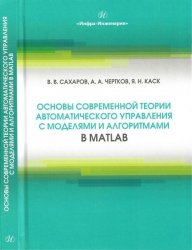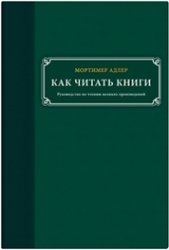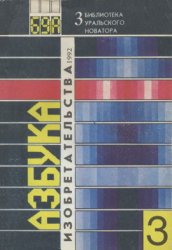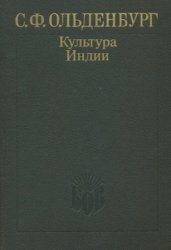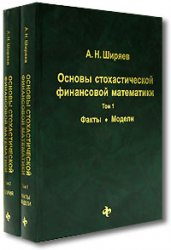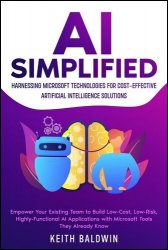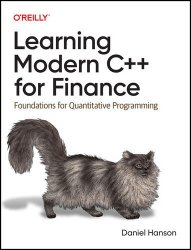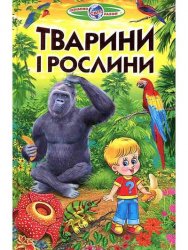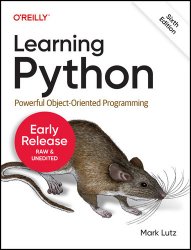 Название: Tools, Languages, Methodologies for Representing Semantics on the Web of Things
Название: Tools, Languages, Methodologies for Representing Semantics on the Web of ThingsАвтор: Shikha Mehta, Sanju Tiwari, Patrick Siarry
Издательство: Wiley, ISTE
Год: 2022
Страниц: 272
Язык: английский
Формат: pdf (true)
Размер: 26.9 MB
This book is a guide to the combination of the Internet of Things (IoT) and the Semantic Web, covering a variety of tools, technologies and applications that serve the myriad needs of the researchers in this field. It provides a multi dimensional view of the concepts, tools, techniques and issues that are involved in the development of semantics for the Web of Things.
The various aspects studied in this book include Multi-Model Multi-Platform (SHM3P) databases for the IoT, clustering techniques for discovery services for the semantic IoT, dynamic security testing methods for the Semantic Web of Things, Semantic Web-enabled IoT integration for a smart city, IoT security issues, the role of the Semantic Web of Things in Industry 4.0, the integration of the Semantic Web and the IoT for e-health, smart healthcare systems to monitor patients, Semantic Web-based ontologies for the water domain, science fiction and searching for a job.
The Semantic Web (SW), coined for the first time by Tim Berners-Lee, aims to make web content machines comprehensible by allowing agents and applications to access a wide range of heterogeneous resources, analyze and integrate the contents and generate additional value output for consumers. Semantic Web technologies enable the creation of data stores, build vocabularies and write rules for handling data. In this light, a variety of languages have been created.
Resource Description Framework (RDF),RDFs (RDF Schemas) and Web Ontology Language (OWL) are representation languages developed by the W3C. RDF is a simple language that expresses data models and refers to objects and relations between them. RDFs extend RDF, a vocabulary for describing properties and classes of RDF-based resources. OWL is intended to represent complex and rich knowledge about things, groups of things and their relationships.
SPARQL is the standard query language and protocol for Linked Open Data and RDF triple-stores. It was designed by the W3C for process data to enable users to query data and extract information from datasets. To enable the updating of the RDF triples-store with new additional triples and new knowledge, the W3C proposed SWRL (Semantic Web Rule Language), a language for the Semantic Web to express rules for reasoning and which infers new knowledge from existing data. It exploits the idea of Linked Rules.
Скачать Tools, Languages, Methodologies for Representing Semantics on the Web of Things
[related-news] [/related-news]
Комментарии 0
Комментариев пока нет. Стань первым!



